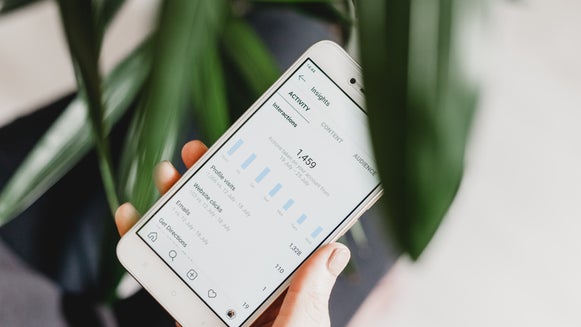Instagram Tips to Grow Your Small Business Fast

Instagram can be a powerful social media platform for small businesses and when used effectively, it can also boost your business’s exposure, getting you more sales in the long run.
The unique thing about using Instagram as a small business is that you get to share deeper layers of your brand’s character that you wouldn’t have been able to do without it. In the past, we relied on commercials to paint a picture of the brand we knew and loved. Now, we can see and engage directly with the business itself. This helps and hurts businesses, but one of the helpful things is that it gives you the potential to create lifelong customers rather than single-time purchasers.
When customers engage with you in a more personalized way, when they see your struggles and successes, they psychologically come along for the ride. This is one of the reasons why reality TV is so popular. People want to follow storylines, they want to come along for the journey, and they want to be a part of something.
By creating content for people to engage with, like stories and carousels, and showcasing the really unique aspects of your company, people want to see what happens. But, how do you get started when you are beginning at ground zero? Follow these steps below in order to use Instagram to grow your small business quickly.
Step 1: Make an Excellent First Impression
When it comes to creating an eye-catching, cohesive, and popular Instagram account, quality is key. You don’t want to upload blurry, muddy, or inconsistent images. People are simple creatures and are attracted to beautiful things.
Think of your profile as your first impression. Just like how what you wear and what you say speaks volumes about the type of person you are, the type of content and what your feed looks like speaks volumes about the type of brand you are.

In order to make a good impression, you want your profile to look cohesive, have a strong message, and keep a visually consistent theme. As odd as it sounds, this allows others to know what they are getting into at first glance and these attributes to a profile come across as trustworthy - which is exactly what customers are wanting in recent years. In the past, customers relied on testimonials and reviews and now they also rely on social media presence in order to reassure their purchase. Check out this article and you will see that an average of 66% of people said that a company’s social proof (reviews, likes, mentions, followers, etc.) increased their likelihood of purchasing from that company.
So, make sure that your bio is set up well, is clear, and has a few main points about who you are, what you do, and why. Then, if you are starting fresh, make sure that your feed begins with at least 9 posts before launching that all follow an Instagram theme. You can use BeFunky’s Collage Maker to plan out your posts and you can use BeFunky’s Photo Editor to batch edit photos for your profile so that they all have the same aesthetic.
Step 2: Choose a Target Audience
Because you are running a small business, chances are that you have already figured out who your target audience is. Once you have the general demographic decided, you want to do a bit more research to see where they are at online. What images are they drawn to, what do they like, and why do they like them? Creating a buyer persona is a great idea to help build this.

This carries over onto Instagram as well. What does your target audience want? Once you answer that, then start fulfilling it with your product as well as the type of content you create. If you are a stationery company, do they like making lists, being organized, and being surrounded by minimalistic decor? Then create content like that. If you want to break the bounds of stationery companies and have a super colorful one for people with ADHD, then make your content match that audience.
A problem that most companies are at fault for participating in is creating content for everyone so that they don’t alienate potential buyers. This is a broken mindset. It is helpful to pick a niche and do that niche well. You can always expand later, but narrow your business and thus, your own Instagram account down to a specific niche and audience and create content that they would like to engage with.
Step 3: Be Consistent With Posting
Social media is no longer an option for businesses, especially since it is a free tool that can gain customers who aren’t even in your same region. One of the most important things you can do is be consistent with your posting and the type of medium you are posting. You want to create content that you can post daily, whether it is a behind-the-scenes video on stories, a reel showing you making your product, or a quote that is helping you get through the week. Customers are on social media, so you should be on social media and post when they are on their phones.
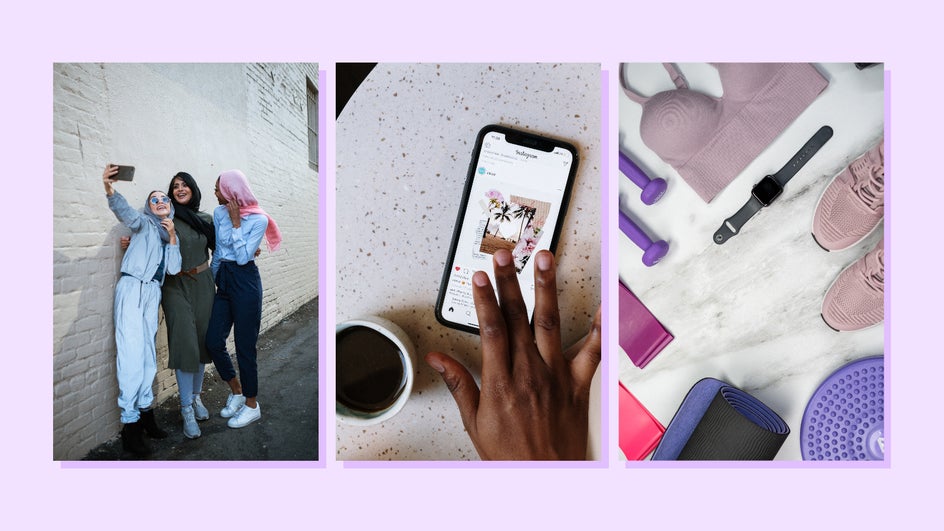
Once you have your target audience in mind, do some market research. When are they on their phones? If they are high schoolers, they are usually on their phones in the morning, during lunch, and after school gets out - so you want to post your content accordingly. If they are business professionals, follow a similar pattern but also keep in mind that after work, people go out for drinks and are scrolling before dinner.
Post to your Stories as often as you can, as you want your small business to regularly show up in people’s feeds. Plus, each time a person engages with your Stories or posts, it enhances your engagement on their profile, as well as their friends’ profiles. Your profile will pop on as a recommended profile to follow for more people.
Step 4: Network With Others in Your Niche
Just like in the real world, networking grows your business very quickly. Social media is another extension of that. Discover and engage with other small businesses in your niche on Instagram by following their accounts and leaving genuine comments on their images. This kind of networking gains you genuine friends, business advice, and potential followers, and can help you land some awesome future collaborations.
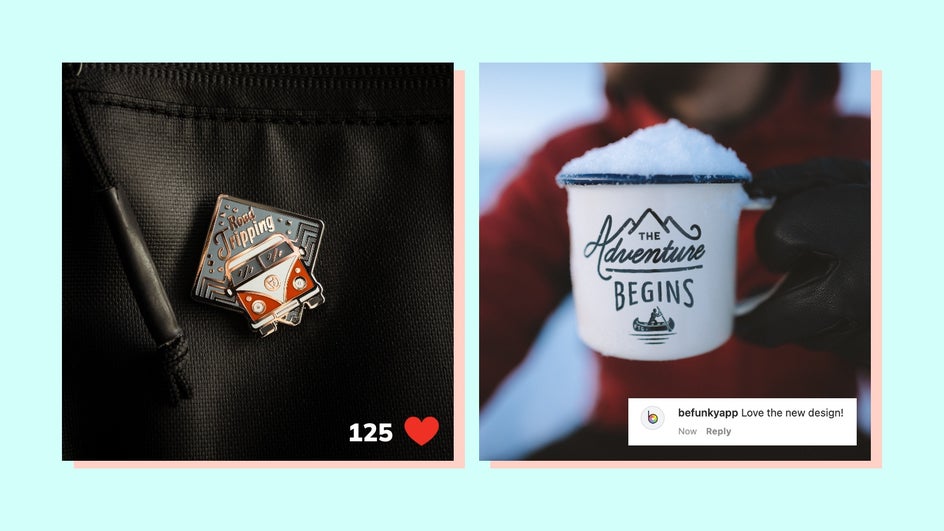
Don’t just stay within your niche, venture out of it a bit but make sure the companies you partner or collaborate with are like-minded in their mission or strengthen your branding in some way. If you make enamel pins, collaborate with an enamel cup company or an outdoor company and make an outdoor-related pin. Make sure your content benefits your branding. You don't want to be an athletic apparel company making dog leashes for no other reason but because some of your followers own dogs.
Step 5: Use the Right Hashtags
Don’t opt for generic (and spammy) hashtags such as #followforfollow, #likeforlike, or anything similar. To maximize your reach on Instagram and put your account in front of those who will genuinely love it, you need to concentrate on which hashtags you use. Ones that are specific to your niche will attract the most exposure so look at other accounts that have high levels of engagement and check out which hashtags they leave in their comments section. You will notice that most companies include these hashtags in their first comment underneath the initial caption - this will keep everything neat and tidy on your posts and allows you to post up to 30 hashtags at a time.
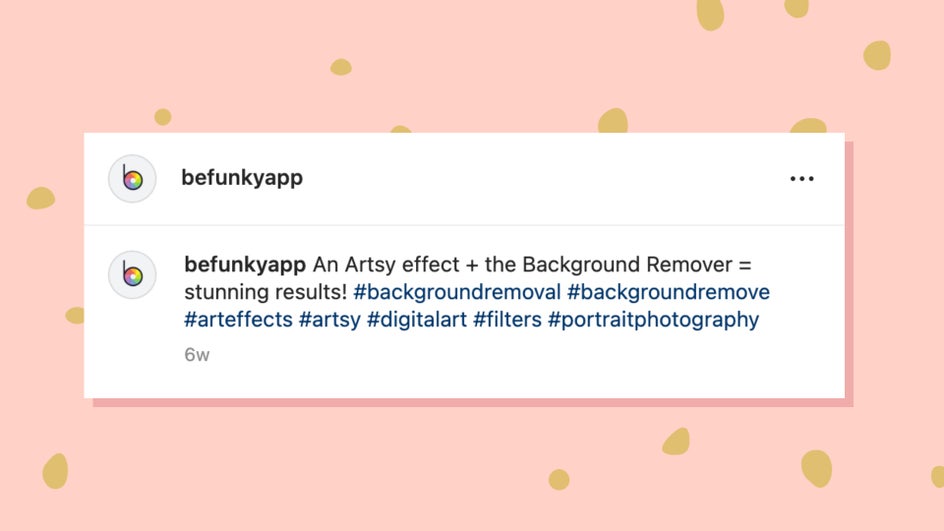
One other thing to keep in mind. Choose hashtags that have good engagement, but not excellent engagement. This sounds counter-productive, but when you are doing your research, you want to find hashtags that are used frequently enough that people are engaging with them, but if it is too frequent, your content is going to get lost on the hashtag immediately with the millions of other hashtag posts. I usually will choose some hashtags with 10-50k posts or 100k posts, and I refrain from using the ones with 1m posts.
Step 6: Create Engaging Content
This is a pretty simple one that often gets overlooked. Most of the time we get so caught up in trying to figure out what others would like that we end up getting off track with content that we actually like ourselves. I am a firm believer in creating the type of content that you, yourself, would engage with - and the right kind of audience will follow and engage back. When this is your guiding light, you then free yourself up to create the type of content that you would engage with, and thus, that you would like.
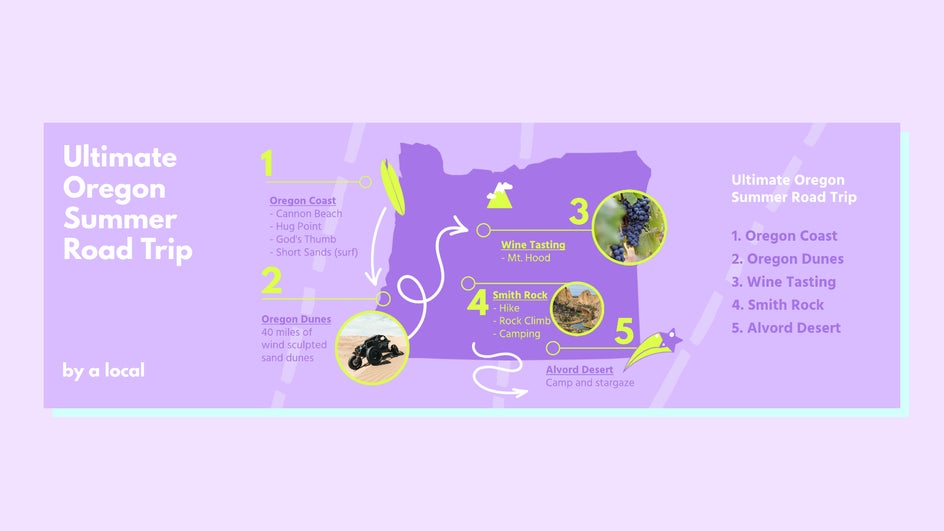
So, what type of content gets the most engagement right now? First off, carousel posts get a crazy amount of engagement since you can now save and send different carousel slides. The cool thing with carousels is that you can have the first image match your aesthetic and then add images that don’t fit your aesthetic, but that you think would get high engagement, as your second or third post. Share quotes, a funny photo, or a goofy video after your first carousel image - and again, the rule of thumb is if you would save or send it, your audience most likely will as well. Check out this post from BeFunky if you want to create a seamless carousel post.
Step 7: Set Goals
Those who write down their specific goals and include a timeframe for achieving them have the most success. Think about your Instagram goals and write them down to work towards them successfully. For example, how many followers would you like to have gained by the end of the month, within six months, or even after a year? What individual steps are you going to take in order to achieve those numbers?

The other important thing here is making sure your goals are centered around engagement statistics and not just numbers. It’s nice to have a million followers, but if your median like engagement on your images is ~40 per photo, then your million followers don’t even matter. Engagement trumps numbers every time. Choose your goals and make sure that they are goals that will actually grow your business. Measure your KPIs, and your ROI, and then look at your click-through rates on your bio link. Your Instagram profile doesn’t matter for your business unless your customers are engaging with and purchasing your products.
Step 8: Start Tracking Analytics
Keep track of your progress and embrace analytics sites such as Iconosquare to see what’s working for your small business’s Instagram account, as well as what’s not working. Analytics will also tell you what hashtags are working best for your niche, as well as what times of the day you should post images in order to gain the most engagement from your followers. This is a surefire way to grow your small business’s exposure on Instagram as fast as possible.

Analytics really do show you things that you may overlook. As a business owner, there are a ton of different hats for you to wear. If analytics aren’t your thing, then focus on the above steps until you can hire an intern to help with analytics, that is how important they are. If you have the time and energy to devote even 1-2 hours per week to analytics, do it. Make sure you keep a spreadsheet of the analytics you are tracking. This will help you nail collaborations or deals in the future.
Step 9: Market Yourself
Lastly, you should promote your small business’s Instagram account as much as possible. Be sure to mention your account on your own website or online shop page, as well as on your other social media channels, in your email signature (WiseStamp is helpful for this!), or even via word of mouth when you meet potential customers and clients. You can even use BeFunky's Designer Toolset to create just about anything you'll need for your small business including business cards, letterheads, Etsy banners, and more.

First-time businesses are notoriously bad at marketing themselves because they don’t want to seem annoying. Risk being annoying. Risk being too loud. Be shameless and give it your all. It takes hard work to grow your business and the amount of work you are putting in should be shown off.
Step 10: Ask the Veterans
There is no better way to learn than to ask people who have already blazed the trail before you. Reach out to other brands, and tell them what you like about their company and what inspires you. Tell them you are just starting your business and ask to speak with someone about some issues you are running into. It’s usually best to do this with businesses that aren’t in your direct niche. If you are an online vintage shop in Kentucky, maybe asking another online vintage shop in Kentucky what they are doing isn’t ideal. But reach out to other vintage shops out west or something that is in the general niche, but not specific niche.
Getting advice from others is an amazing way to learn. This is the time to soak up as much information as you can to help pave your own path. The benefit of BeFunky’s online community and content writer is the amount of collective knowledge they have about branding, design, and photography is quite impressive - so don’t hesitate to peruse the tutorials and reach out to us on social media if you need a place to start!

Growing Your Small Business Doesn’t Have to Overwhelm You
This can be an overwhelming process, but with BeFunky’s help and powerful tools, it doesn’t have to be. Follow the steps above and take the time to write out what is or has worked for you and what hasn’t. Repeat the patterns that are working and try new techniques in place of the ones that didn’t work. You will notice a path forward that may be similar to another’s but will also be unique to your own growth.
Just remember, there will be slumps along the way and plateaus but there is always a way through it, so keep trying until something works - there will be a breakthrough. If you enjoyed this article, then you’re sure to love reading about How to Brand Your Business With BeFunky.












